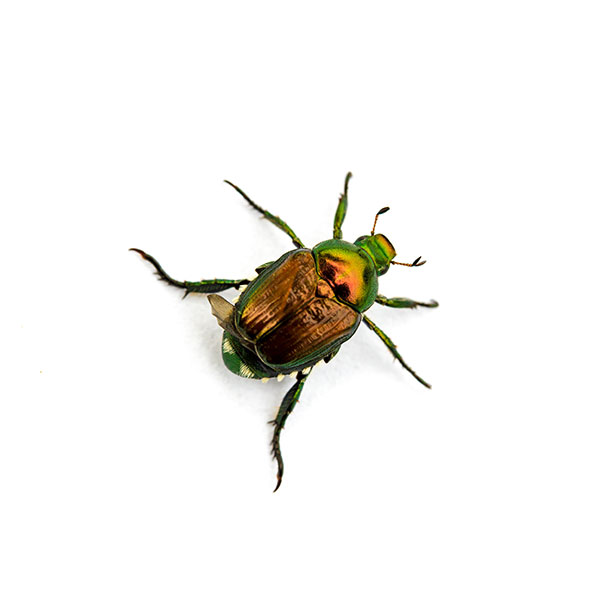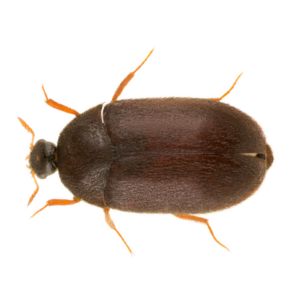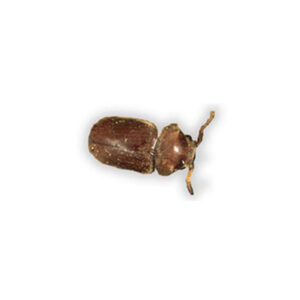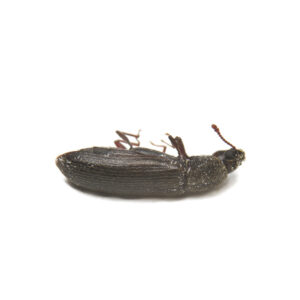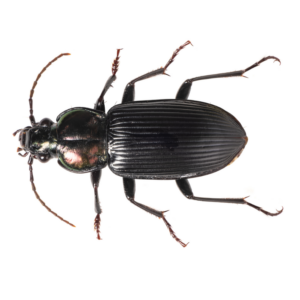Japanese Beetles in The Mississippi Gulf Coast
The Japanese beetle is a widespread and destructive pest of lawns, landscape, and ornamental plants in the United States. Japanese beetles are a serious pest of turf, trees, shrubs, flowers, and crops. Although adults will feed on over 300 species of plants, grubs feed mainly on the roots of grasses. Difficult and expensive to control, these beetles feed on grassroots, damaging turf, golf courses, and pastures. Japanese beetles were first found in the U.S. in 1916 in New Jersey and have since spread throughout various states.
Japanese Beetle Habitat
Japanese beetles have a wide host of plants they can feed on and can live anywhere there is sufficient foliage. They are not limited to forests or grasslands and often live on farms, cities, and even your garden. These beetles are especially common on roses, beans, grapes, and raspberries. Japanese beetles have a voracious appetite and are most active on warm sunny days, feeding in groups under direct sun. Adult beetles can fly, allowing them to easily move throughout a homeowner’s landscape. These pests begin eating at the top of plants and work their way down.
Japanese Beetle Behaviors, Threats, or Dangers
While Japanese beetles do have powerful chewing mouthparts for munching on leaves, they do not bite people. However, the estimated damage and cost of controlling Japanese beetles in the U.S. is over $460 million each year! Due to their distinctive feeding pattern, damage caused by Japanese beetles can be easy to recognize. These pests feed on the soft tissue between leaf veins, leaving behind a skeletonized, lace-like pattern. The grubs damage grass as they overwinter and feed in soil, which can result in brown patches of dead or dying grass that will pull up easily due to their weakened roots. If you suspect a Japanese beetle infestation, contact a local beetle control expert.
Need help with Japanese Beetle control?
We'll call you! Leave your information below.

